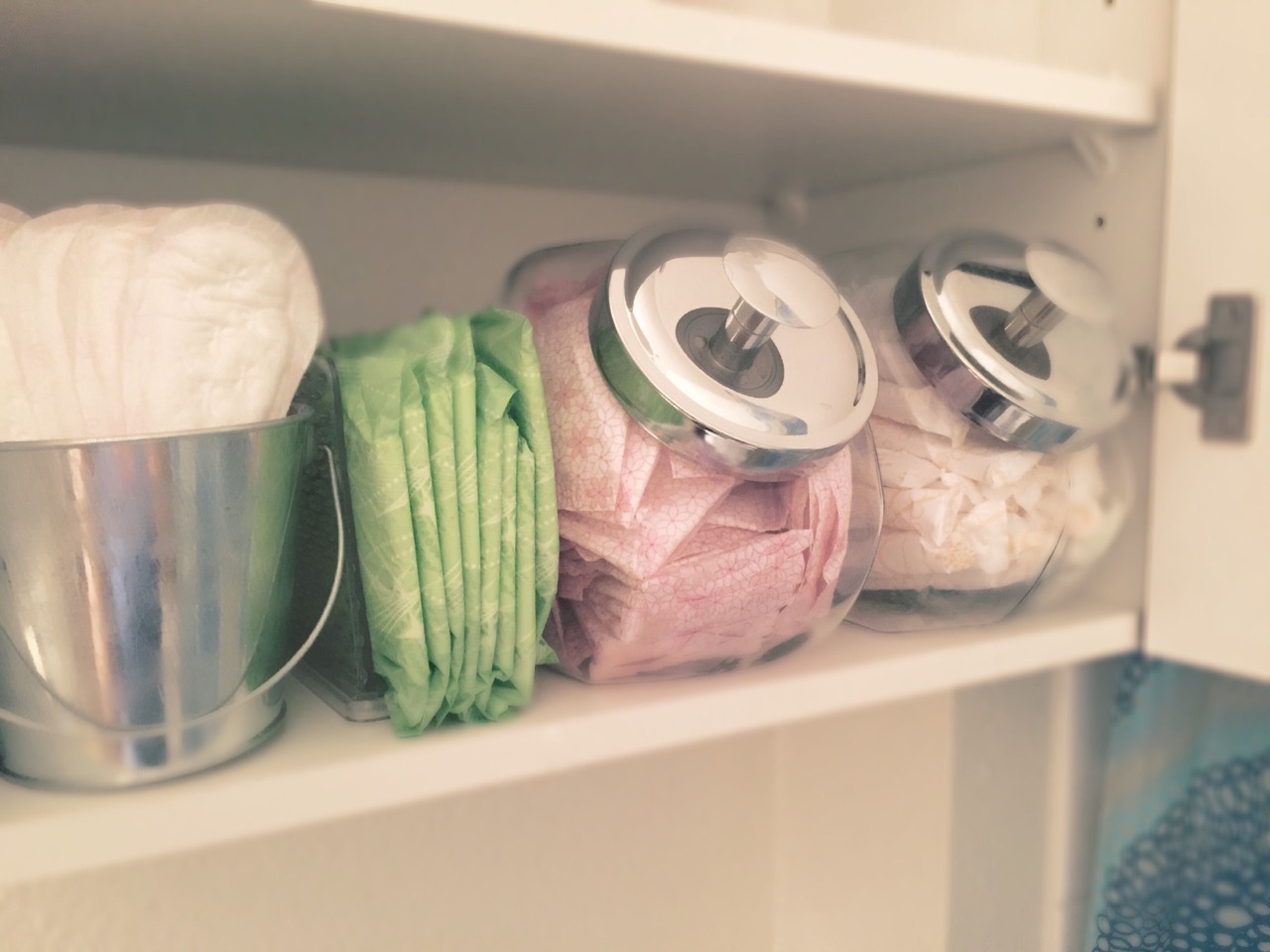

Articles
How To Store Pads And Tampons
Modified: February 23, 2024
Learn the best ways to store your pads and tampons with these informative articles. Discover tips for keeping your essentials clean, organized, and easily accessible.
(Many of the links in this article redirect to a specific reviewed product. Your purchase of these products through affiliate links helps to generate commission for Storables.com, at no extra cost. Learn more)
Introduction
When it comes to maintaining feminine hygiene, having a proper storage system for pads and tampons is essential. Not only does it help to keep your bathroom or personal space organized, but it also ensures that your feminine products remain clean, easily accessible, and in good condition until you need them. In this article, we will guide you through the process of storing pads and tampons effectively, ensuring that you have a hassle-free experience.
Whether you’re at home, traveling, or even keeping extra supplies at work, having a designated storage container for your pads and tampons is the first step towards an organized and tidy setup. Let’s delve into the key factors you should consider when choosing the right storage container.
Key Takeaways:
- Choose the right storage container and maintain a clean, organized system to ensure easy access, hygiene, and longevity of your pads and tampons.
- Regularly check, clean, and restock your supplies to create a well-maintained storage system that promotes comfort, confidence, and overall well-being during your menstrual cycle.
Read more: How To Store Mattress Pad
Step 1: Choosing the Right Storage Container
When it comes to storing pads and tampons, the first step is to select the right container type. There are various options available, each offering unique benefits. Let’s explore some of the popular choices:
1. Travel-sized pouches: These compact and discreet pouches are perfect for carrying a few pads or tampons on the go. They easily fit into your purse or backpack, offering convenience and privacy.
2. Clear plastic organizers: Clear organizers with individual compartments allow for easy visibility and quick access to your supplies. They come in various sizes and can be conveniently placed in a drawer or on a shelf.
3. Fabric storage bins: For a more aesthetically pleasing option, fabric storage bins can be a great choice. They come in different patterns and colors, allowing you to match them with your bathroom décor. Fabric bins also offer a soft and cushioned storage space for your pads and tampons.
Once you have decided on the container type, it’s important to consider the material of the container. Here are some key considerations:
– Easy to clean: Look for containers that are easy to clean and maintain. This ensures that your pads and tampons stay hygienic and free from any contaminants.
– Durability: Choose a container made from sturdy materials that can withstand regular use. This ensures that your pads and tampons remain protected and intact.
– Moisture resistance: Opt for containers that provide moisture resistance to prevent any water or moisture damage to your products. This is especially important if you plan on storing them in a bathroom or any environment where humidity is a concern.
– Size and capacity: Consider the size and storage capacity of the container, depending on the number of pads and tampons you typically use or need to store. It’s important to choose a container that can hold an adequate supply without becoming overcrowded.
By selecting the right container type and material, you can ensure that your pads and tampons are stored securely and in an organized manner. This makes it easier for you to locate and use them whenever you need them. Now that you have chosen the container, let’s move on to the next step: decluttering and organizing your supplies.
Step 2: Decluttering and Organizing
After selecting the right storage container, the next step is to declutter and organize your pads and tampons. Here’s how you can do it effectively:
1. Removing expired products: Start by going through your collection of pads and tampons and discard any expired or damaged items. Keeping expired products can be unhygienic and may lead to infections. Check the packaging for expiration dates, and if any product is past its prime, dispose of it properly.
2. Sorting and categorizing pads and tampons: Organize your remaining collection by sorting it into categories. For example, you can separate pads and tampons into different sections, or further categorize them by absorbency levels or brands. This will help you easily locate the specific item you need without any hassle.
3. Creating a system for easy access: To maintain an organized storage system, consider creating a system that allows for easy access to your pads and tampons. You can arrange them based on frequency of use, with the most used products placed at the front of the container or drawer. Alternatively, you can label each section or use color-coded dividers to differentiate between different types or brands.
By decluttering and organizing your pads and tampons, you ensure that you only have usable and accessible products readily available when you need them. It also allows for easier inventory management and prevents you from purchasing unnecessary duplicates. The next step is to properly package your pads and tampons to maintain their cleanliness and hygiene.
Step 3: Properly Packaging Pads and Tampons
Proper packaging of pads and tampons is crucial for maintaining their cleanliness, hygiene, and overall quality. Here are two effective ways to package your feminine products:
1. Keeping pads and tampons in their original packaging: The original packaging of pads and tampons is designed to keep them clean and protected. It is recommended to leave them in their original wrapping until they are ready to be used. This helps to prevent any contamination from external factors and ensures that they remain in optimal condition.
2. Using resealable bags or organizers: If you prefer additional protection or need to carry your pads and tampons with you, consider using resealable bags or organizers. These can be easily purchased or repurposed from travel-sized toiletries or snack bags. These bags not only keep the products clean and hygienic but also provide convenience when you’re on the go.
When using resealable bags or organizers, it’s important to keep them clean and replace them regularly to maintain proper hygiene. Avoid using bags that have holes or worn-out seals, as they may expose your pads and tampons to dirt, moisture, or air. By packaging your feminine products properly, you ensure that they are ready to use and remain in a pristine condition.
Now that you have the right packaging for your pads and tampons, let’s move on to finding the ideal storage location.
Store pads and tampons in a clean, dry place, away from moisture and direct sunlight. Keep them in their original packaging to maintain their cleanliness and avoid contamination.
Step 4: Determining the Ideal Storage Location
Choosing the right storage location for your pads and tampons is essential to ensure their longevity and effectiveness. Here are some factors to consider when finding the ideal storage spot:
1. Accessibility: Select a location that is easily accessible and convenient for you. It should be a place where you frequently visit, such as your bathroom, bedroom, or dressing area. The easier it is to access your pads and tampons, the more likely you are to maintain a consistent supply and replenish when needed.
2. Privacy: Consider the level of privacy required for your storage location. If you prefer to keep your feminine products discreet, choose a spot that offers a level of privacy, such as a drawer or a storage box with a lid.
3. Temperature and humidity: Pads and tampons are best stored in a cool and dry environment. Avoid storing them in areas where there is excessive heat, humidity, or direct sunlight, as these conditions can compromise the quality and effectiveness of the products.
4. Safety from moisture: Ensure that the storage location protects your pads and tampons from moisture. Moisture can lead to the growth of bacteria, mold, or other harmful microorganisms, which can affect the hygiene and safety of your products.
5. Away from pets and children: If you have pets or children at home, choose a storage location that is out of their reach. This will prevent any accidental tampering or contamination of the products.
6. Clean and sanitary: Keep your storage location clean and hygienic. Regularly dust and wipe down the area to prevent any dirt or debris from accumulating on your pads and tampons.
By considering these factors, you can select an optimal storage location that ensures the longevity and effectiveness of your pads and tampons. Now, let’s move on to the final step: maintenance and hygiene tips.
Read more: How To Store Sleeping Pad
Step 5: Maintenance and Hygiene Tips
To ensure the longevity and hygiene of your pads and tampons, it is important to follow proper maintenance practices. Here are some maintenance and hygiene tips to consider:
1. Regularly checking and replacing expired items: It’s crucial to regularly check the expiration dates of your pads and tampons. Discard any products that have expired, as using expired items can increase the risk of infections or discomfort. Make it a habit to check your supply regularly and replace any expired items promptly.
2. Cleaning the storage container periodically: Cleaning your storage container periodically helps to maintain a clean and hygienic environment for your pads and tampons. Empty the container and wipe it down with a mild detergent or disinfectant regularly. Allow it to dry completely before placing your products back inside.
3. Maintaining a clean and dry storage area: Keep the storage location clean and dry. Regularly dust and vacuum the area to prevent any accumulation of dirt or debris. Ensure that the area is well-ventilated and free from excess moisture, as dampness can promote the growth of bacteria or mold.
4. Proper disposal of used products: When disposing of used pads and tampons, it’s important to do so responsibly. Wrap them securely in toilet paper or use a disposable bag before disposing of them in the trash. Avoid flushing them down the toilet, as they may cause plumbing issues or harm the environment.
5. Regularly restocking your supply: Keep track of your pad and tampon inventory and replenish your supply as needed. This ensures that you never run out of essential feminine hygiene products when you need them most. Consider keeping extra supplies in a separate storage container, so you always have a backup stash available.
By following these maintenance and hygiene tips, you can ensure that your pads and tampons remain in optimal condition and free from any contamination. A clean and well-maintained storage system contributes to your overall comfort and confidence during your menstrual cycle.
With these steps and tips, you now have a comprehensive understanding of how to store pads and tampons effectively. By carefully choosing the right storage container, decluttering and organizing your supplies, properly packaging your products, finding an ideal storage location, and implementing proper maintenance and hygiene practices, you can ensure that your pads and tampons are readily available, clean, and in good condition whenever you need them. Remember, a well-organized and hygienic storage system adds convenience and peace of mind during your menstrual cycle.
Now, go ahead and implement these strategies to create your own efficient and organized storage system for pads and tampons!
Conclusion
Properly storing pads and tampons is essential to maintain hygiene, accessibility, and organization in your feminine care routine. By following the steps outlined in this article, you can create an efficient and well-maintained storage system for your supplies.
Choosing the right storage container is the first step. Consider factors such as the container type, material, and size to ensure it meets your needs. Declutter your collection by removing expired products and categorize your pads and tampons for easy access.
Proper packaging is crucial to maintain cleanliness and hygiene. Keep pads and tampons in their original packaging until needed, and use resealable bags or organizers for convenience and on-the-go use.
Find the ideal storage location that is easily accessible, private, and away from moisture and heat. Keep the storage area clean and dry to prevent any contamination or damage to your products.
Maintain your storage system by regularly checking for expired items, cleaning the storage container, and restocking your supply as needed. Remember to dispose of used products properly to ensure the safety of the environment.
By following these steps and tips, you can create a system that not only keeps your pads and tampons organized and easily accessible but also promotes hygiene and prolongs their shelf life.
Now, take control of your feminine care routine by implementing these strategies. With an organized and properly stored collection of pads and tampons, you can confidently navigate your menstrual cycle knowing that you have everything you need at your fingertips.
Remember, maintaining cleanliness and hygiene is crucial for your comfort and overall well-being. So, go ahead and create your own personalized storage system for pads and tampons today!
Frequently Asked Questions about How To Store Pads And Tampons
Was this page helpful?
At Storables.com, we guarantee accurate and reliable information. Our content, validated by Expert Board Contributors, is crafted following stringent Editorial Policies. We're committed to providing you with well-researched, expert-backed insights for all your informational needs.
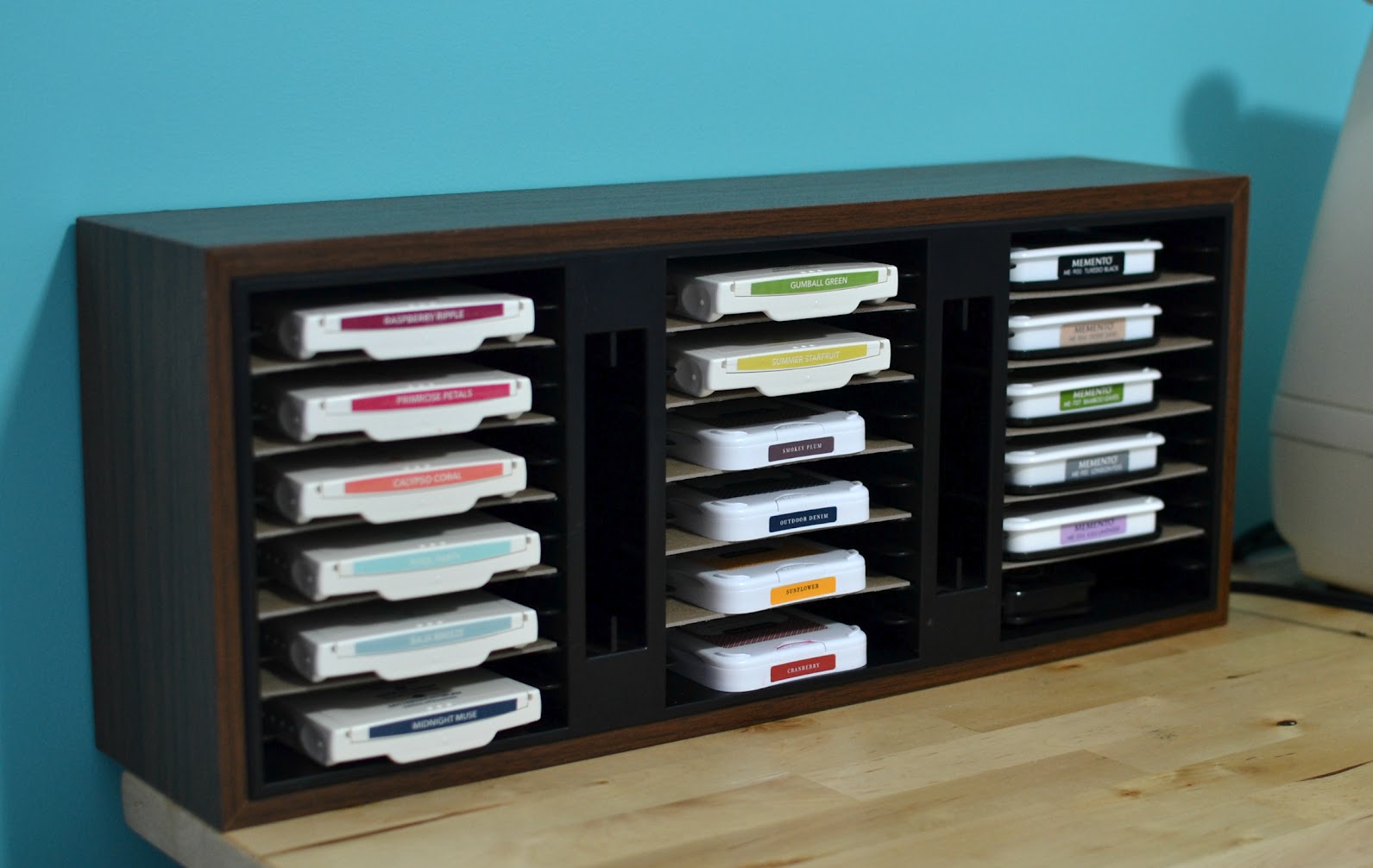
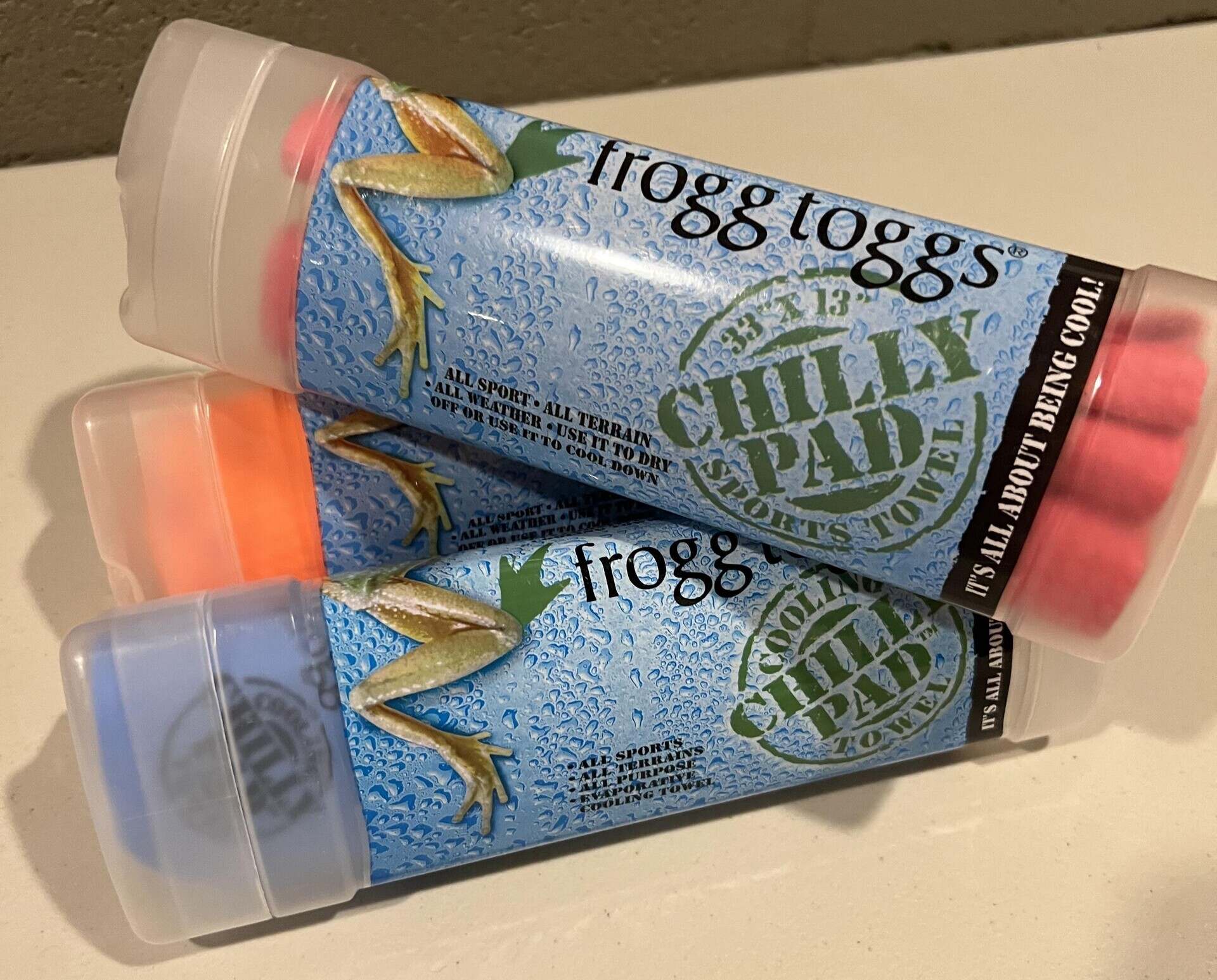
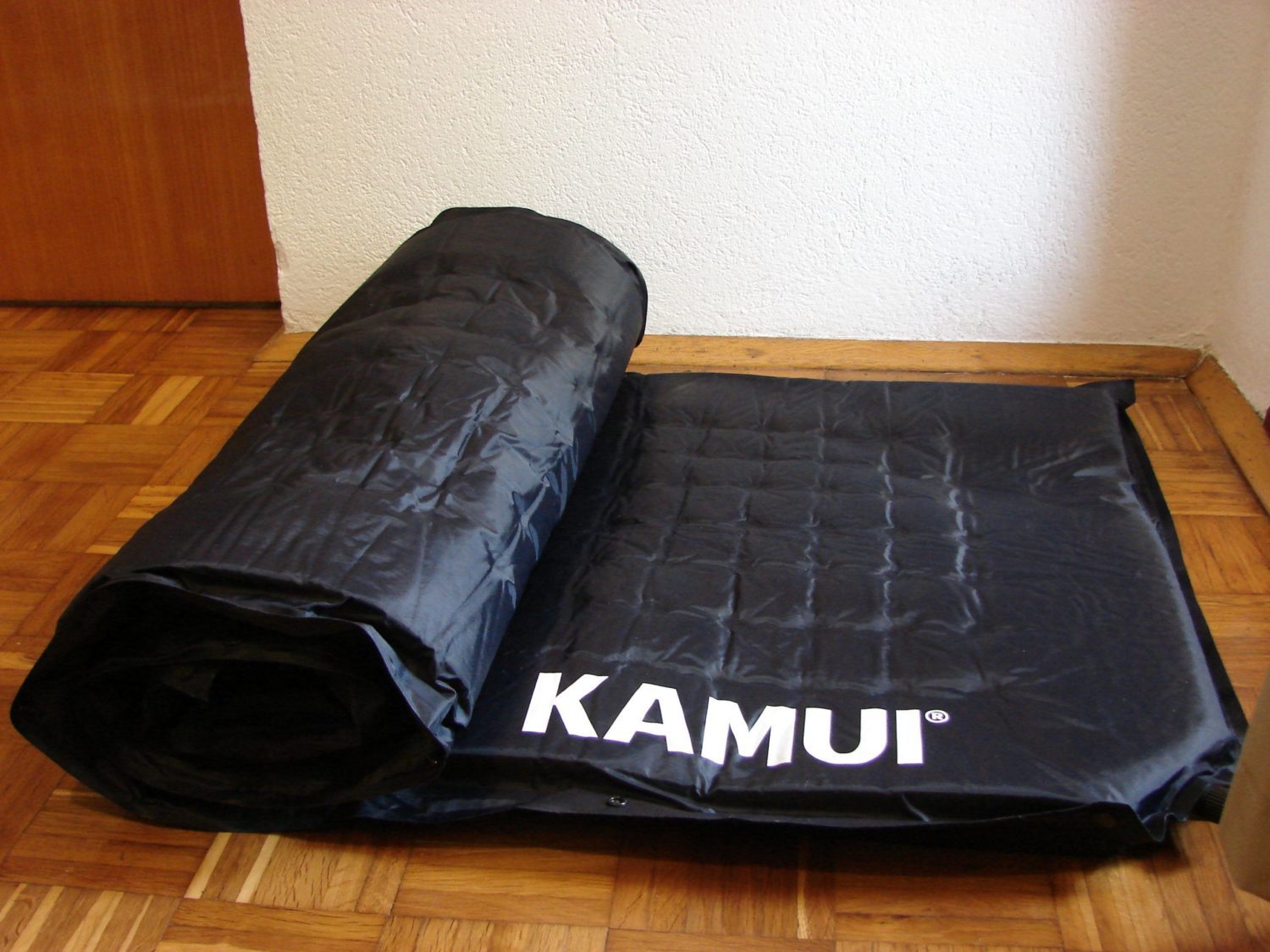

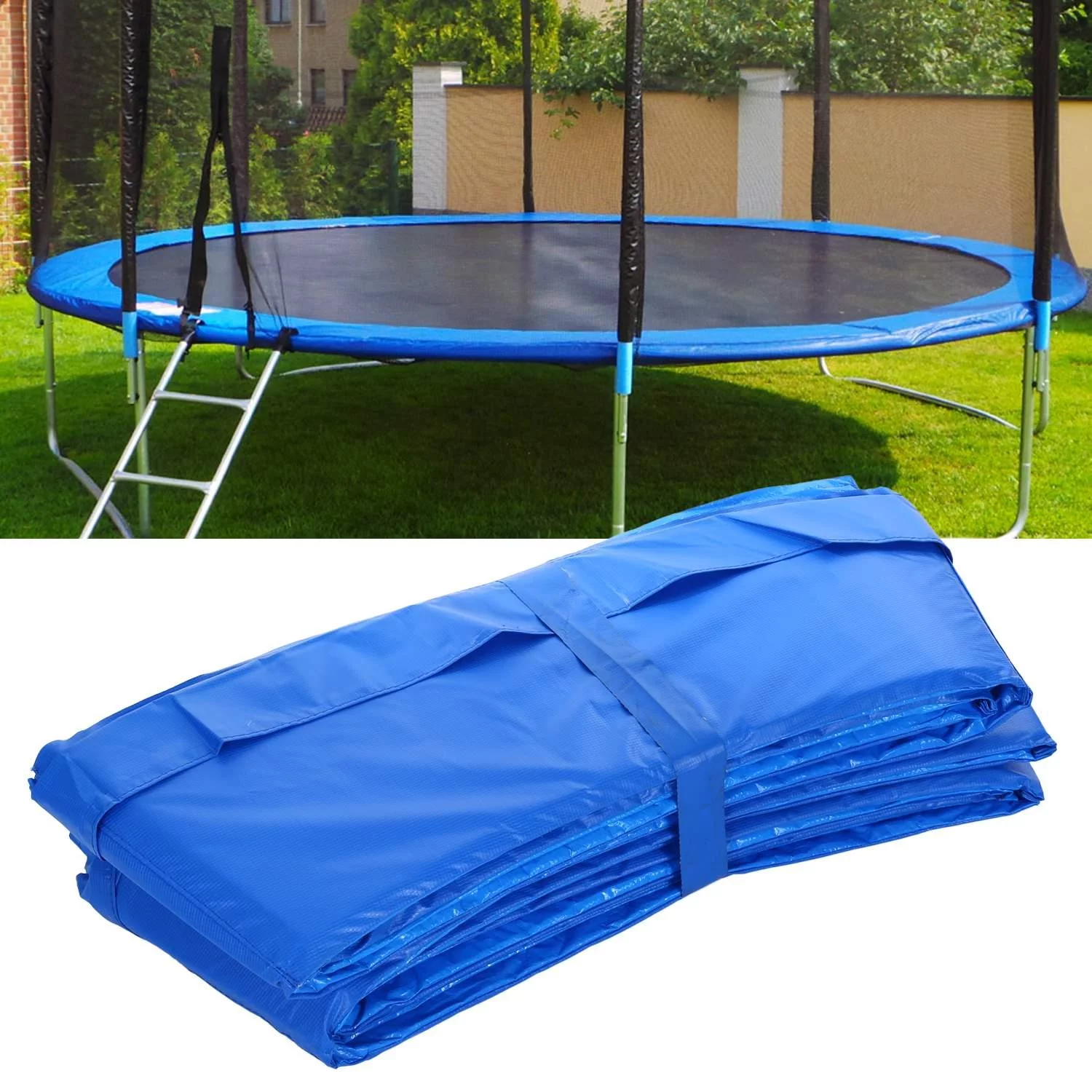
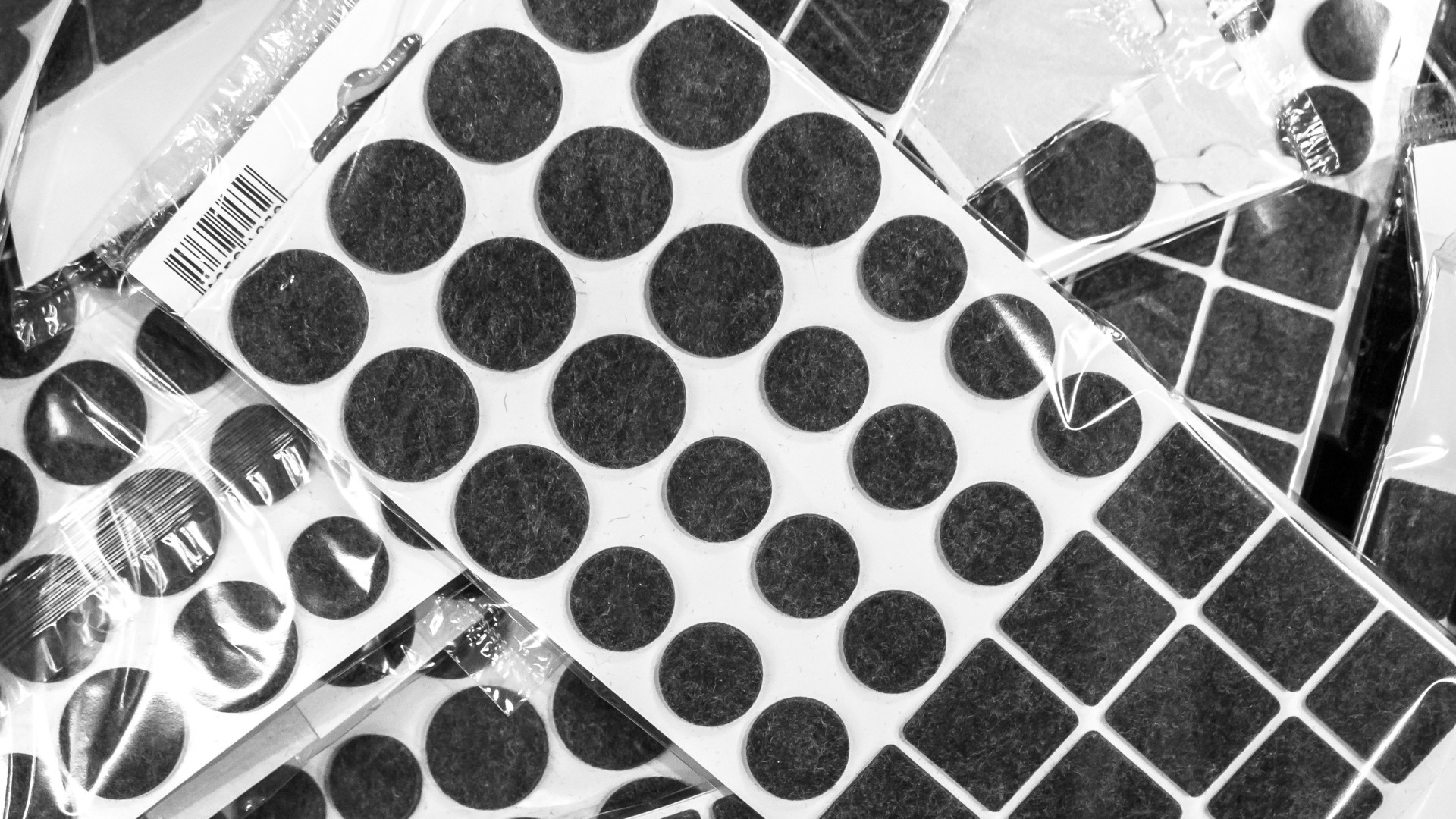
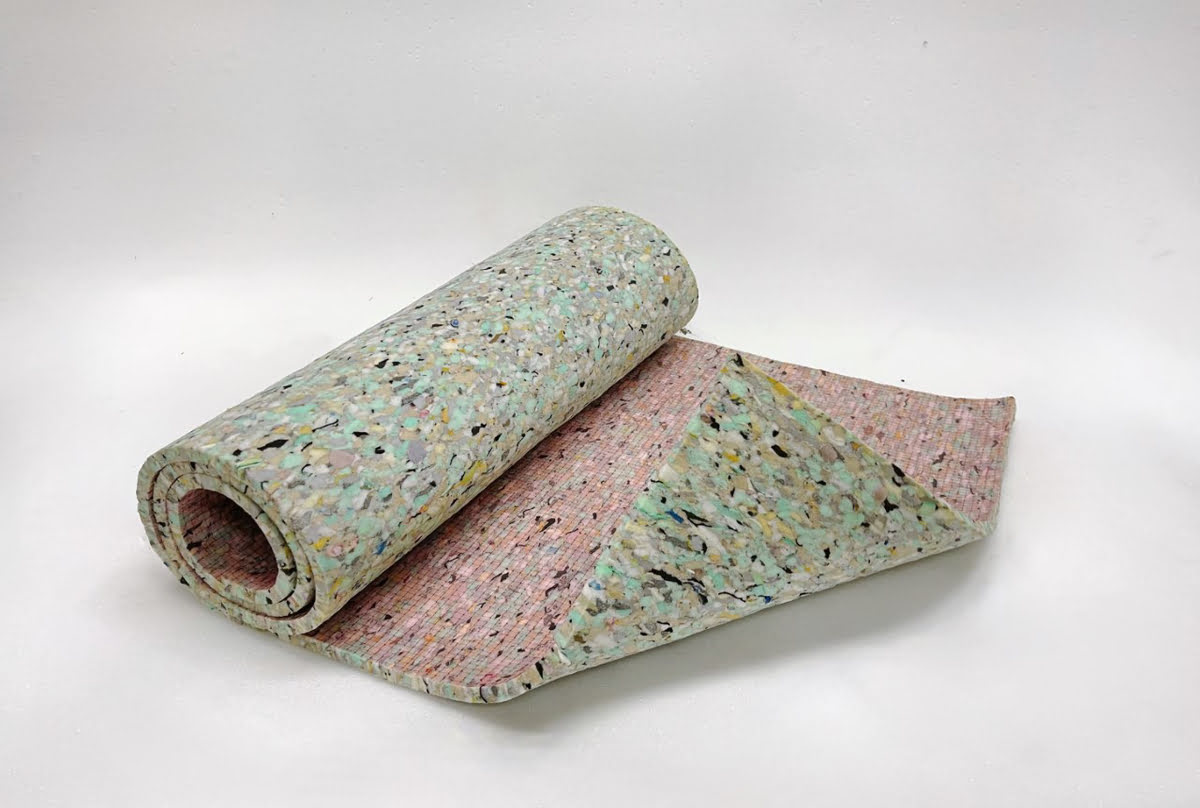
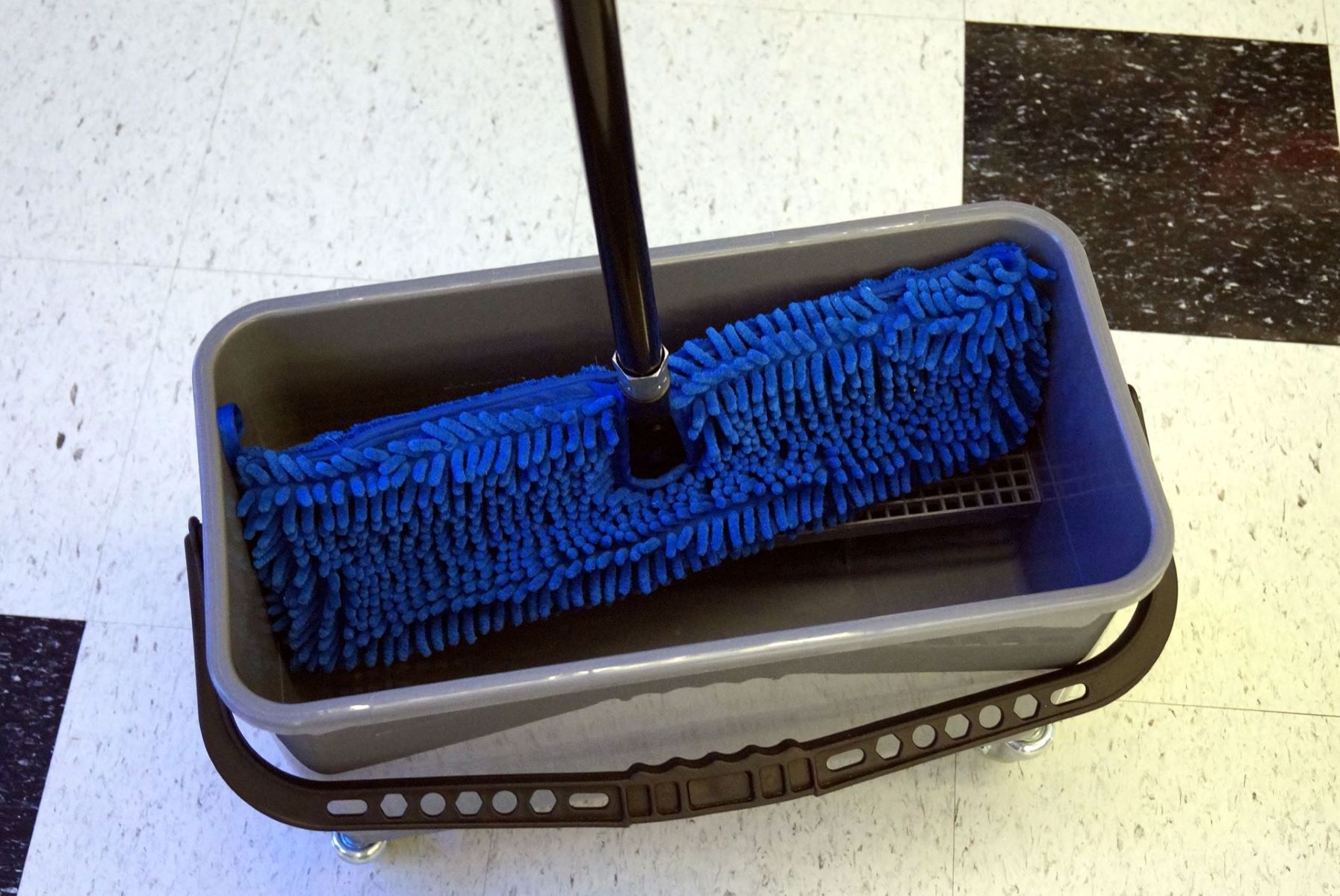

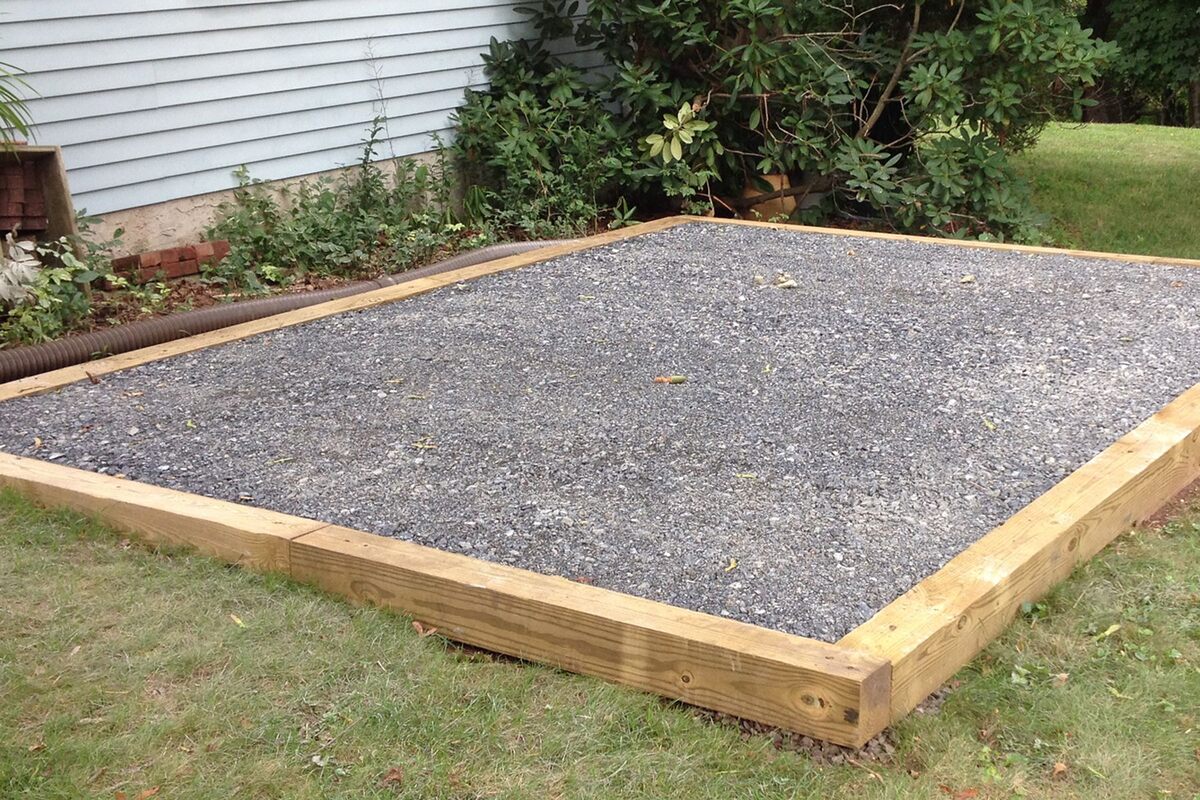
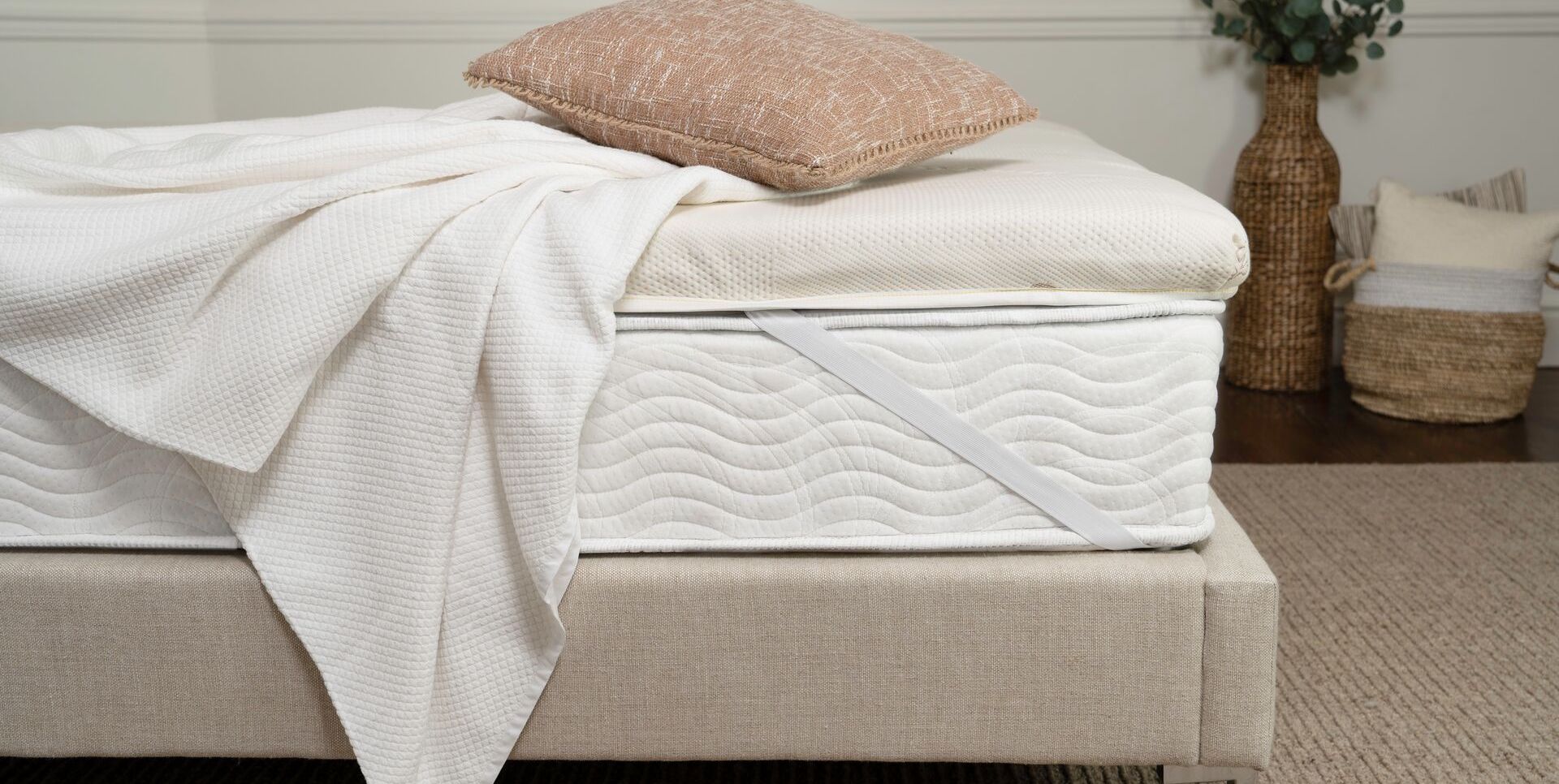
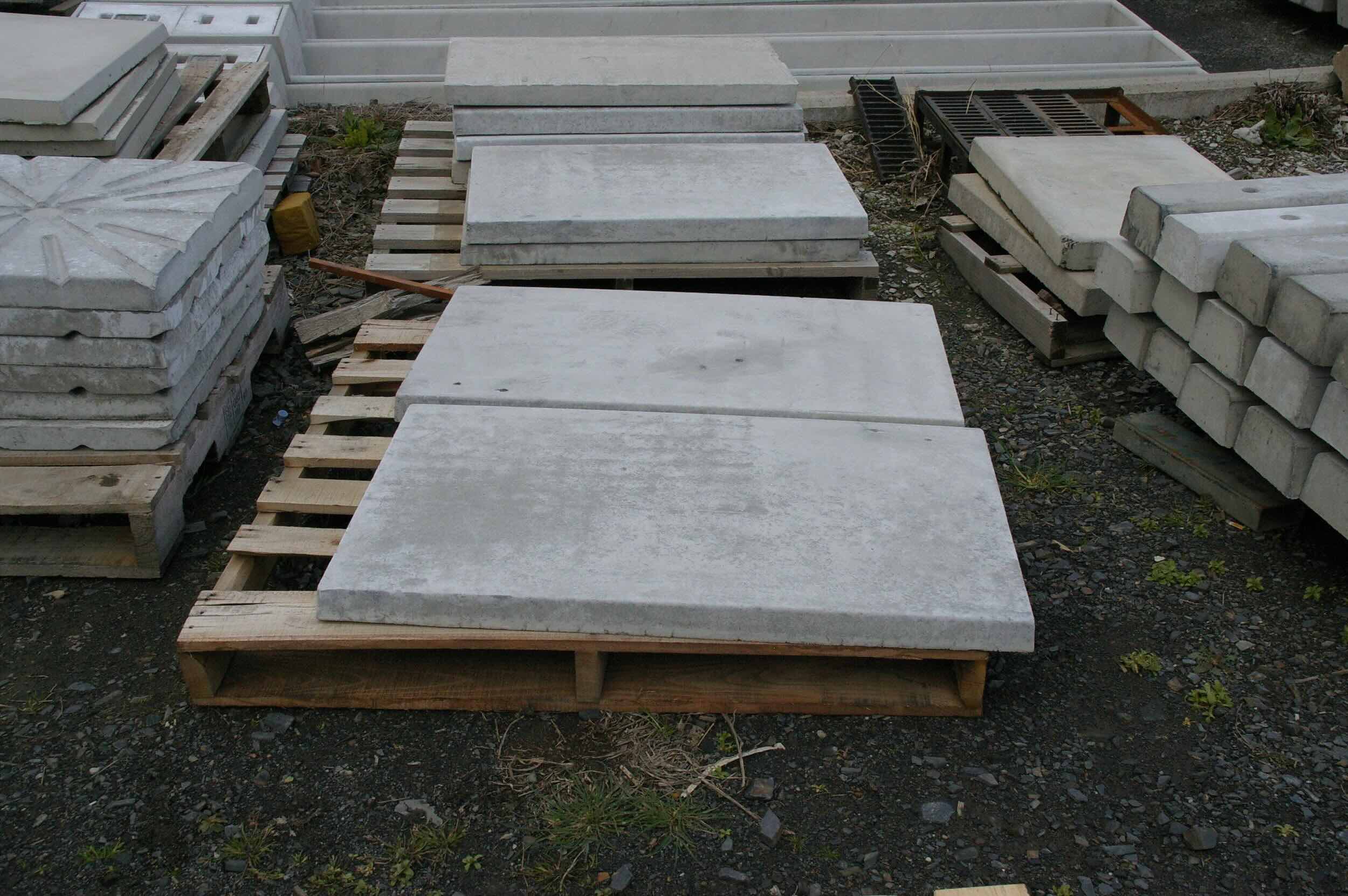

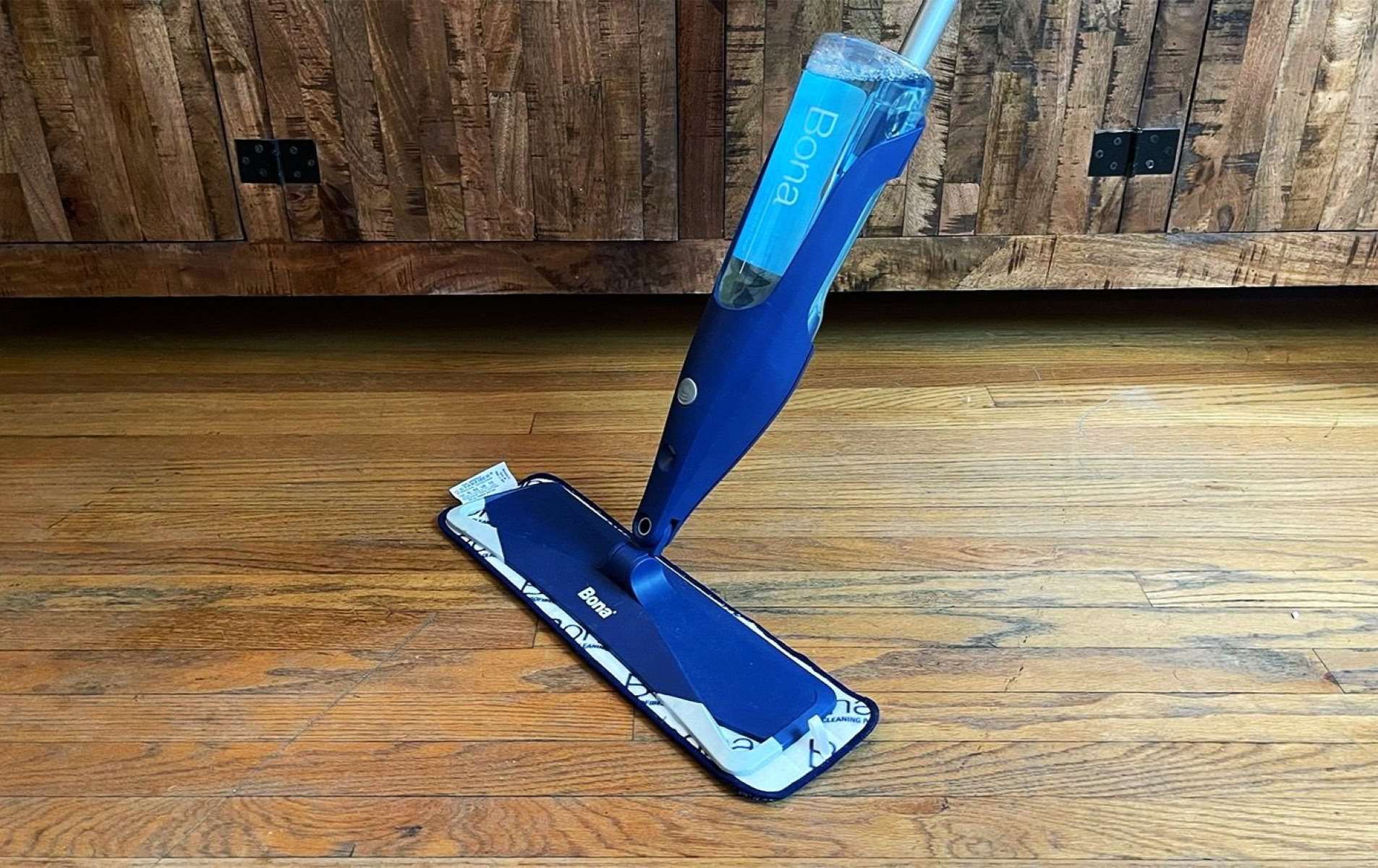

0 thoughts on “How To Store Pads And Tampons”